Verde Canyon Railway: An Arizona Treasure
categories: USA TravelSituated in a remote area of northwestern Arizona, approximately 25 miles southwest of Sedona, the Verde Canyon Railroad has been in operation as a heritage railroad since 1990. Despite providing passenger service for more than three decades, it appears to be one of Arizona’s best-kept secrets.
During a recent trip to the Grand Canyon, where I had the incredible opportunity to ride the Grand Canyon Railroad from Williams to the South Rim, I also discovered this picturesque railroad excursion. As part of my exploration of northeastern Arizona, I searched for another distinct and unique railroad experience. Although I considered some train journeys in Colorado, they were too far away given the limited time I had.
Eventually, my research led me to the Verde Canyon Railroad, located near the town of Cottonwood, about 20 miles west of Sedona. It was a remarkable discovery and an experience that offered a journey of beautiful landscapes along with a glimpse into the rich history of the American West.
My journey to the Verde Canyon Railroad began after a morning drive from Williams, Arizona, to the small mining town of Clarksdale, Arizona. The drive south from Flagstaff to Sedona along Arizona Route 89A through picturesque Oak Creek Canyon was memorably scenic. Although I chose to stay in Sedona overnight, in hindsight, it would have been wiser to stay in Cottonwood since I found myself exploring that area for most of my visit.
As I continued towards Clarkdale, I found the desert terrain becoming more prominent. I had few expectations in mind, but I was hoping the train journey would provide the same captivating scenery as I encountered during my drive. Since I have lived my entire life on the eastern coast of the United States, I have a genuine appreciation for the starkness and simplistic beauty of the desserts of the Western United States. The majestic geological formations, barren landscapes, and scarcity of vegetation always leave me with a sense of awe.
Arriving at the Clarkdale Train Depot with plenty of time to spare, I familiarized myself with the operational facilities and took numerous photographs of the train locomotives and passenger cars. The Clarksdale Depot complex featured a train station designed in an adobe style, Within the station, were various facilities such as the ticket office, Copper Spike Café, and Boxcar Gift Shop.
I quickly picked up my pre-booked ticket and spent a few moments purchasing a railroad-themed Christmas ornament. Following this, I made my way to a Railroad Museum which was housed in a renovated boxcar and primarily featured items from the collection of John Bell, a former local newspaper owner and historian. I thoroughly enjoyed observing the historical photographs and memorabilia exhibited in the compact museum, but I was particularly fascinated by the exhibit on hobo culture and lore. In total, I dedicated about 15 minutes to exploring the museum before wandering around to capture more photographs until it was time to board the train.
Adjacent to the museum were picnic tables available for lunch and a refreshment stand to obtain beverages.
I was surprised when I arrived at the Verde Canyon Railroad to discover that the train engines were 1953 EMD FP7s diesel locomotives. I had anticipated the train being pulled by vintage steam engines. The coaches, on the other hand, were 1930s 1050-style Budd Chair cars and 1946/47 Pullman-Standard cars. This train was a classic 1950s train, rather than a combination of vintage steam engines and coach cars.
In between the passenger cars were specially designed open-air viewing platforms constructed from industrial railroad flat cars. At the end of the train, there was a 1929 refurbished American Car and Foundry caboose, originally built for the Santa Fe Railroad. The locomotives proudly displayed an appealing combination of vibrant colors and eagle motifs, while the coach cars were painted in traditional Pullman colors.
The current train route has a rich history that is deeply intertwined with Arizona’s mining heritage. The tracks for the current route became operational in 1912 as a north-south branch line connecting a copper smelter at Clarkdale to the copper mines in Jerome, eventually linking with the Santa Fe Railway in Drake. From 1912 to 1988, the Santa Fe Railway owned and operated this 38-mile branch line.
In 1988, David Durbano acquired the branch as a freight line but also recognized its potential for scenic passenger excursions. By 1990, he initiated passenger service on the railway section between Clarkdale and Perkinsville, renaming it the Verde Canyon Railroad. Today, the passenger train operates alongside the freight operation, which continues its journey northward through Perkinsville to Drake.
The Wilderness Route of the Verde Canyon Railroad covers a distance of 20 miles and takes approximately 4 hours to complete. Departing from Clarksdale, Milepost 38, and reaching Perkinsville, Milepost 18, before returning, this scenic journey primarily follows the winding path of the 160-mile-long Verde River.
Along the route, passengers encounter various bridges, trestles, and even a 680-foot carved rock tunnel. The primary appeal of the railroad is the breathtaking scenery of the Verde Canyon. Additionally, the route passes through the Prescott National Forest and Coconino National Forest on the opposite side of the river. Along the journey, passengers are further treated to captivating views of the Black Hills and the edge of the Colorado Plateau near Sedona.
The journey is divided into two-hour northbound and southbound segments, allowing passengers to enjoy a leisurely ride while taking in the magnificent surroundings.
My train car boarded approximately 15 minutes before departure. Once my ticket was scanned, I proceeded through an open-air viewing platform and entered a Budd Coach car. The inside was comfortable, air-conditioned, and featured cafe tables, lounging couches, and a full-service bar. Each seat was accompanied by a tasty lunch consisting of a sandwich, fruit, and dessert.
Throughout the journey, a public address system played music, provided narration, and offered recommendations for sightseeing. At the beginning of the trip, I had the opportunity to observe the ancient cliff dwellings of the native Sinagua people. Additionally, I witnessed an old rock wall constructed by the Sinagua, which served as a hunting technique to corral wildlife into an arroyo where they could be captured for food.
Since I traveled on a hot summer day in late June, I took great care to seek out shaded areas whenever I ventured outside to the open-air viewing cars. Each open car was tended by a knowledgeable local guide who provided insightful commentary and pointed out various geological and rock formations. Additionally, our guide assisted us in taking photographs and patiently answered our numerous questions. Some of my fondest memories of the day came from the conversations I had with my guide.
As we passed various rock formations, our guide drew our attention to shapes that were named by locals due to their resemblance to animals and humans. The canyon was rich with local stories associated with its distinctive features and locations. Personally, my favorite locations were the open expanses within the canyon that allowed me to see the train framed by the imposing walls of the canyon. The scenery was truly awe-inspiring at every turn.
After passing through a dark curved tunnel carved through rock, we finally reached Milepost 18.5, marking the first leg of our journey. At this point, the locomotives detached from the front of the train and maneuvered to the rear in preparation for our return journey. Surprisingly, despite the two-hour duration, the northward journey seemed to pass swiftly.
While our train awaited, we had the opportunity to view the remnants of Perkinsville, a ghost town, nestled alongside the tracks. A station depot, water tower, old cow pens, a limestone quarry, and some kilns contributed to the historical allure of the area. Perkinsville’s greatest claim to fame occurred in the early 1960s when it served as the backdrop for several scenes in the classic Western film, How the West Was Won, featuring renowned actors George Peppard, Debbie Reynolds, and Eli Wallach.
The return journey south offered the same sights as the northern trip but provided the opportunity to admire the canyon from a fresh perspective and appreciate the rock formations that we had missed earlier.
The Verde Canyon Railroad operates throughout the year, providing passenger service on a nearly daily basis during the popular spring season. In addition to their regular service, they also host special events throughout the year. For instance, in celebration of Valentine’s Day, they have a “Chocolate Lovers Special.” Similarly, during Easter, they offer an Easter Bunny Express.
While the number of journeys is reduced during the hot summer season, they do feature Saturday Night Starlight rides to allow passengers to view the night sky as they traverse the dark canyon. As autumn approaches, the railroad offers more special journeys to coincide with the holidays such as Halloween Fright Nights and a Magical Christmas Journey, which brings to life the enchantment of Santa Claus and the North Pole.
For adults, there are delightful wine-tasting events known as Grape Train Escapes, as well as beer-tasting events known as Ales on Rails. Additionally, there are special programs dedicated to reptiles, raptors, and eagles throughout the year. Information about all special events can be found on the railroad’s informative website, where visitors can also purchase tickets.
In addition to providing rides with coach cars and open-air viewing platforms, the Verde Canyon Railroad also offers some unique accommodations. Each train features an exclusive caboose designed for a private party of six or fewer adults. The caboose is furnished with oversized chairs, large picture windows, cupola seating for panoramic viewing, and two private outdoor viewing platforms. Caboose passengers are treated to specially prepared appetizers and the attentive service of a personal valet.
Additionally, a highly sought-after experience called the Locomotive Ride-A-Long can be arranged during each journey for a few select adult passengers. This opportunity allows riders to witness the beauty of Verde Canyon from inside the cab of the railroad engine and observe the operations of the engineer and conductor from within the FP7 locomotive.
During my time in the area, I took the opportunity to explore historic downtown Cottonwood. One of the highlights of my visit was dining at Bing’s Burger Station, a nostalgic eatery housed in a converted vintage 1930s gas station.
Additionally, I embarked on two separate trips to the nearby hilltop town of historic Jerome, which offers breathtaking views of the Verde Valley. Situated at an impressive elevation of 5066 feet above sea level, this town is reached by traversing a winding road up Cleopatra Hill. At the top, I could view the remnants of the old copper mine and experience the allure of the town once famously dubbed “the wickedest town in the West” by the New York Sun. Despite the closing of the mines and a population decline, Jerome has experienced a revival in tourism and now boasts many historic buildings, a mine tour, festivals, art galleries, coffee houses, hotels, and restaurants.
I particularly enjoyed exploring the town during sunset. As the town became more tranquil, its ghostly reputation seemed to envelop the vintage buildings and winding streets. As someone who genuinely enjoys quirky, historic towns, Jerome captivated me with both its fascinating history and memorable residents. My only regret was that I was not able to allocate more time to fully experience all the town has to offer.
I initially embarked on a journey to the Verde Canyon Railroad with the expectation of a simple historical train ride. However, I was pleasantly surprised to discover a hidden gem in Arizona.
Not only does the area offer breathtaking scenic beauty, but it is also rich with memorable towns deeply rooted in the history of the mining industry. What truly made this experience worthwhile was how it allowed me to imagine the mining operations of the Old West. I witnessed the remnants of where countless workers sacrificed to extract the copper ore from the mountains near Jerome to be smelted in Clarkdale. I also experienced how the copper was then transported through the picturesque Verde Canyon to Drake, where it was distributed for processing to various manufacturing areas.
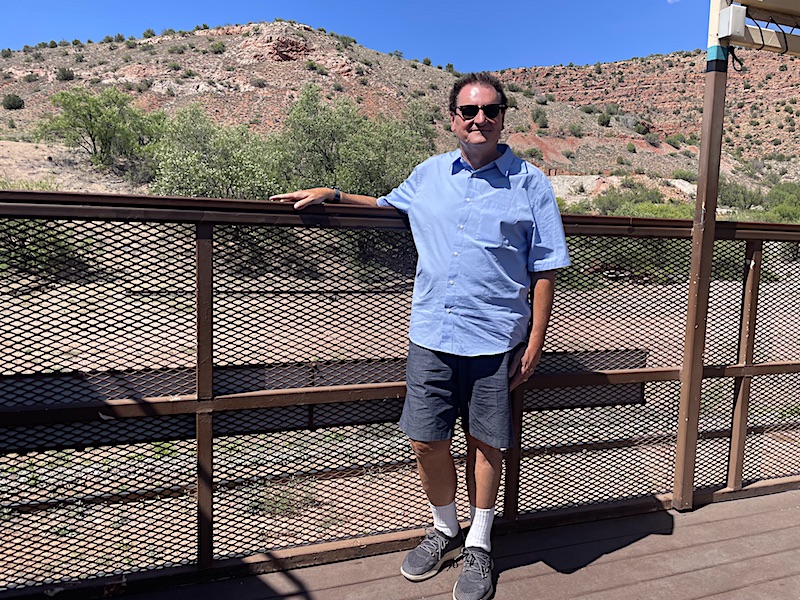
the author enjoying the Verde Canyon
I could see how the dedication of countless workers, along with the railroad, transformed the land and brought much-needed employment to a seemingly barren area of Arizona. Today, the Verde Canyon Railroad has opened up this remote canyon to more than two million tourists, allowing visitors to delve into the past and appreciate the area’s natural scenic beauty. Whether you are drawn by the fascination of history, the captivating scenery, or both, a visit to the unforgettable Verde Canyon Railroad will definitely surpass your expectations.

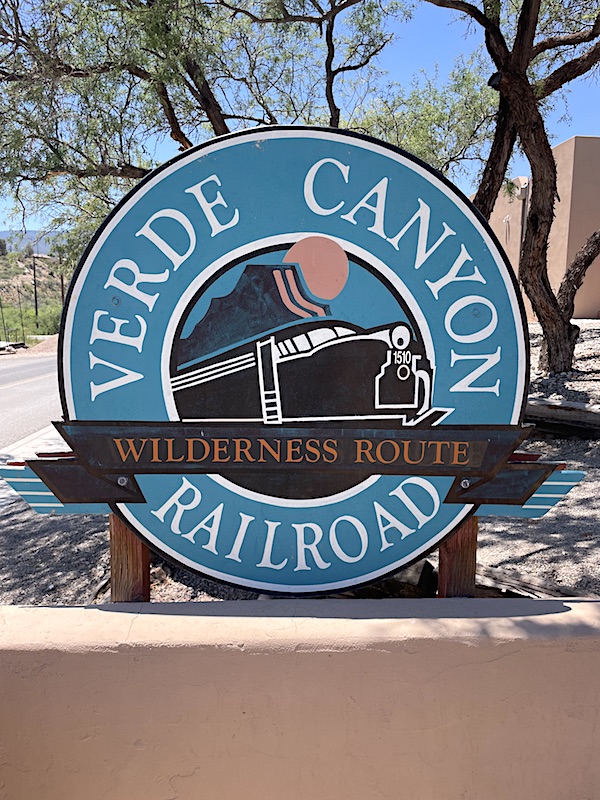
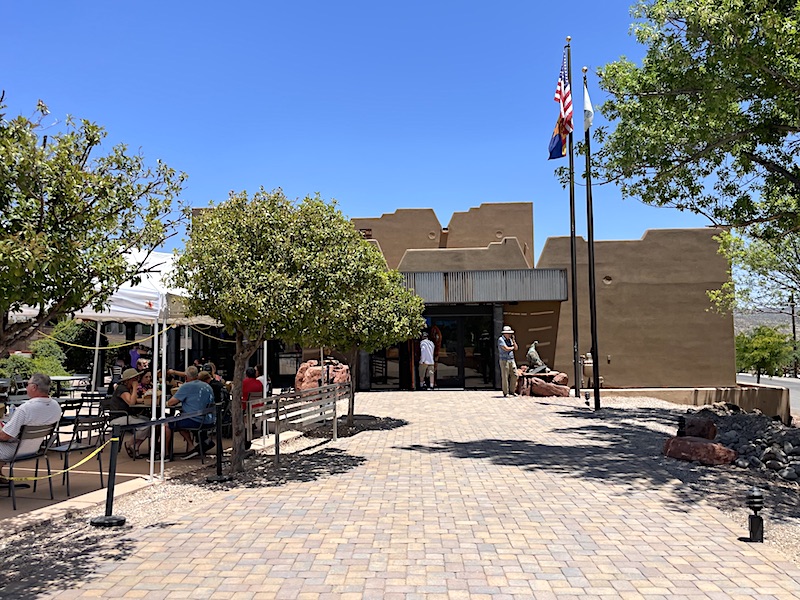
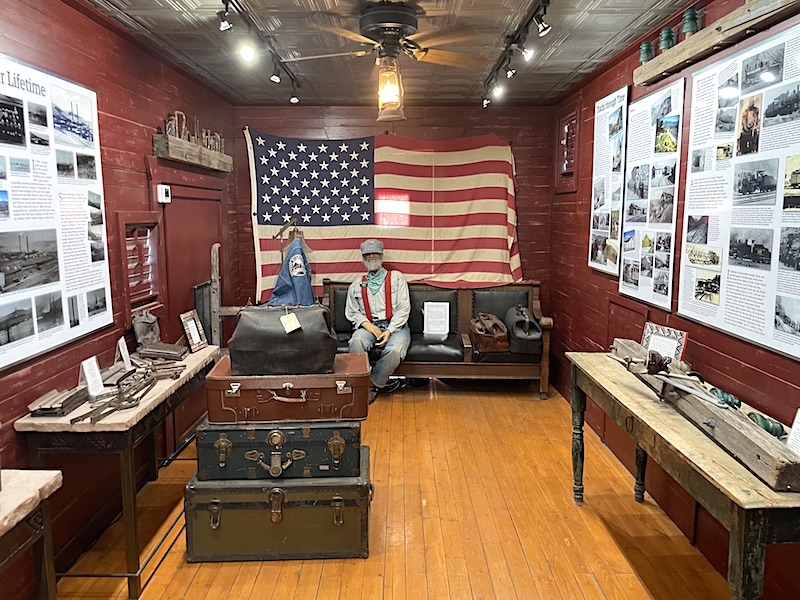

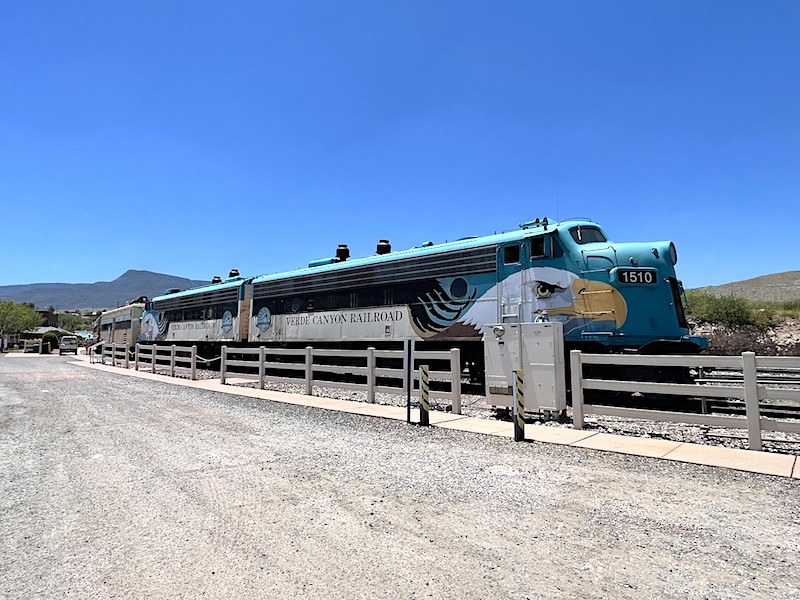
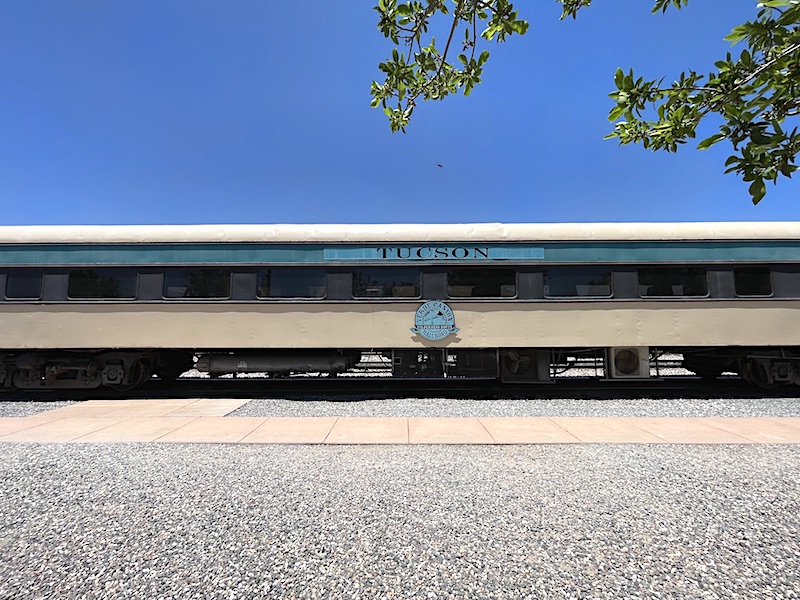

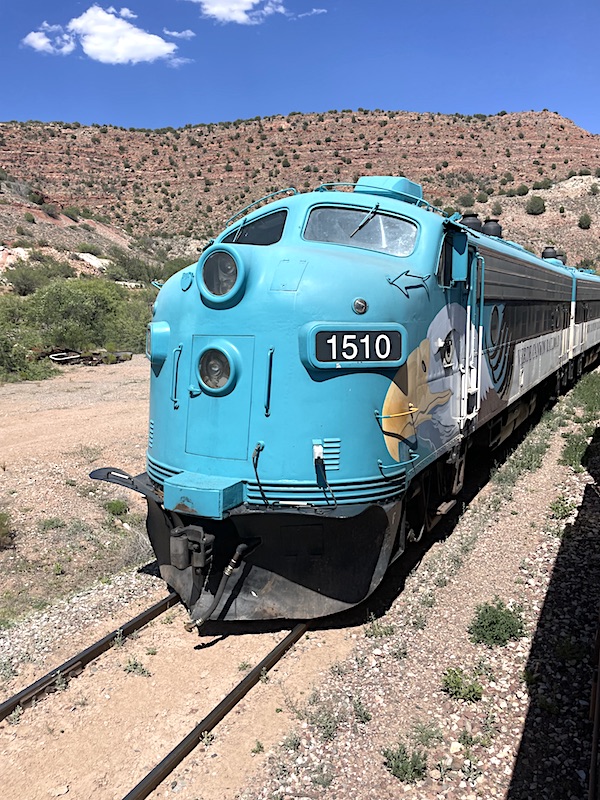


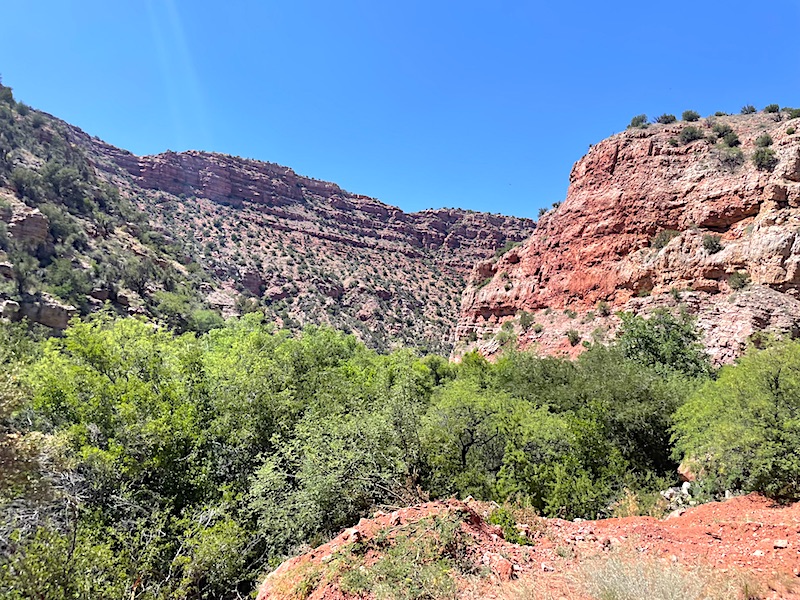

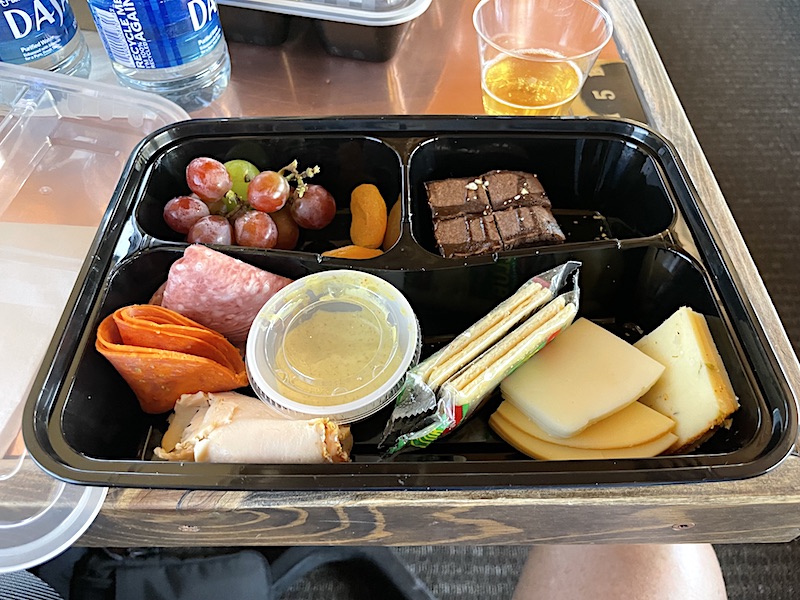
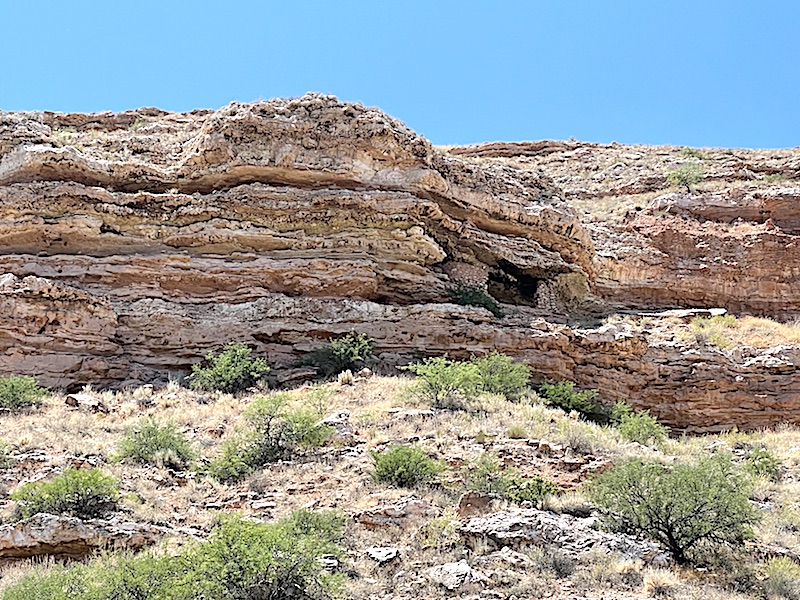
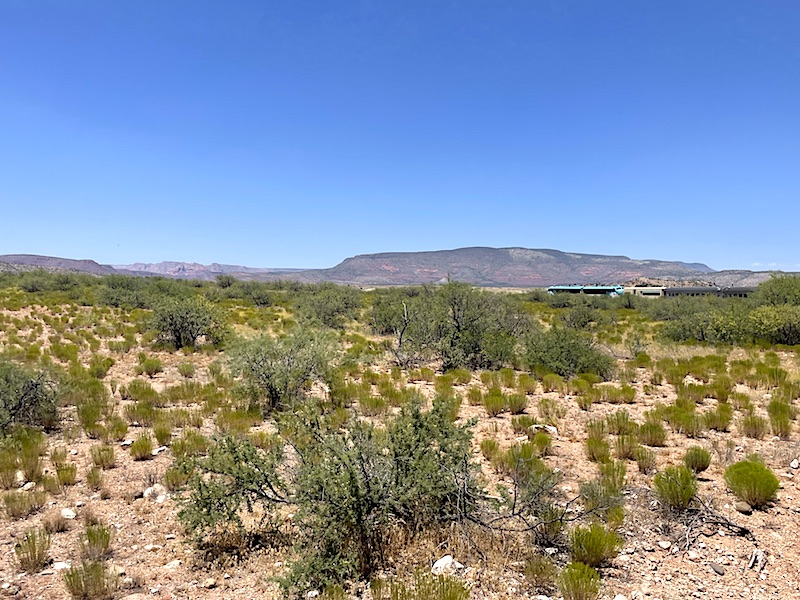
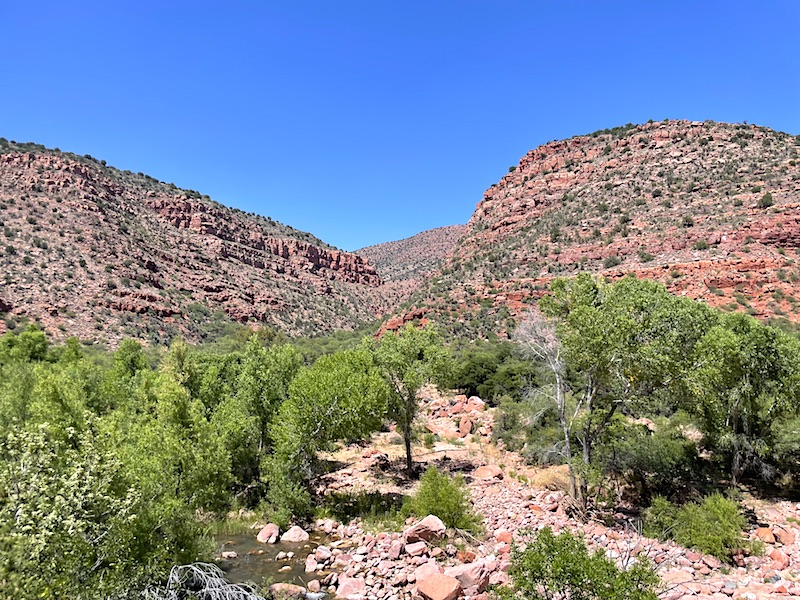
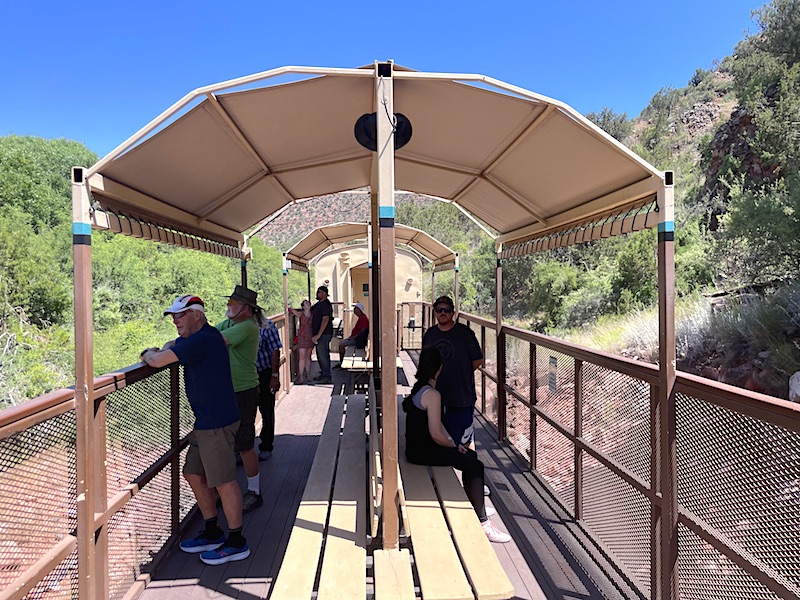
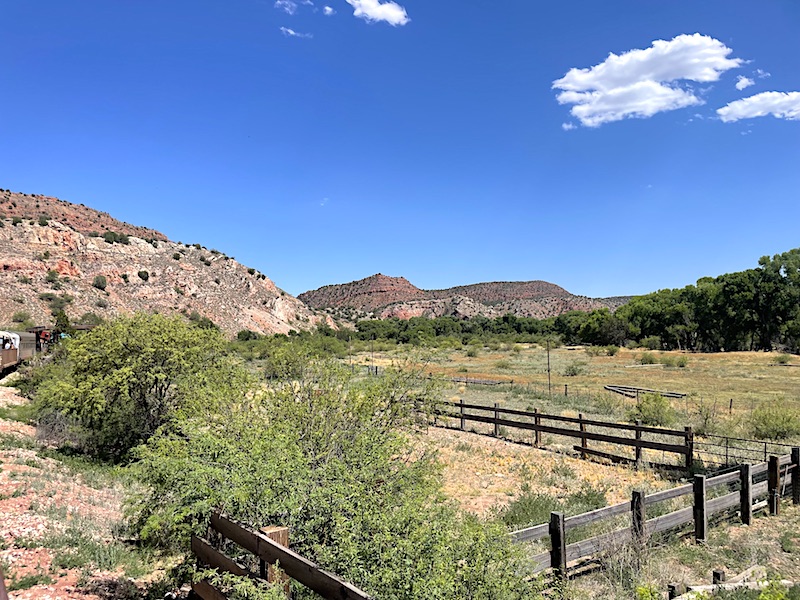
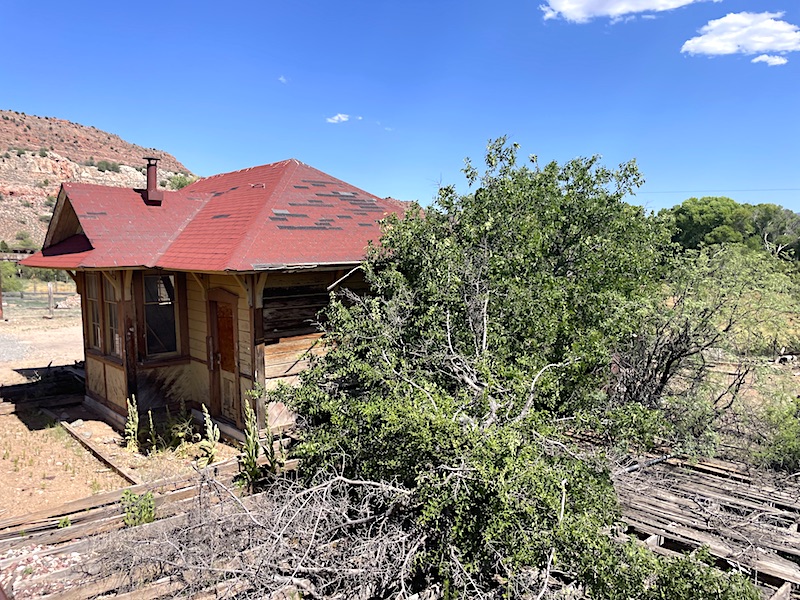
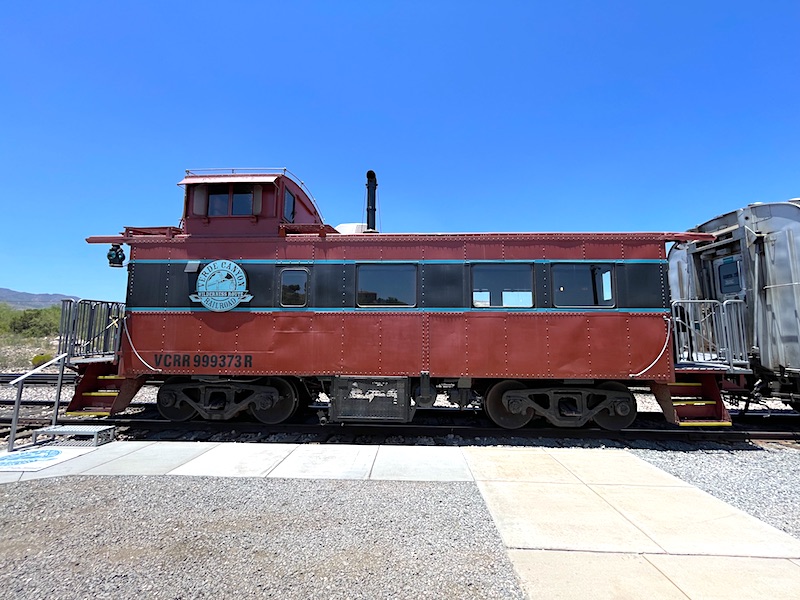
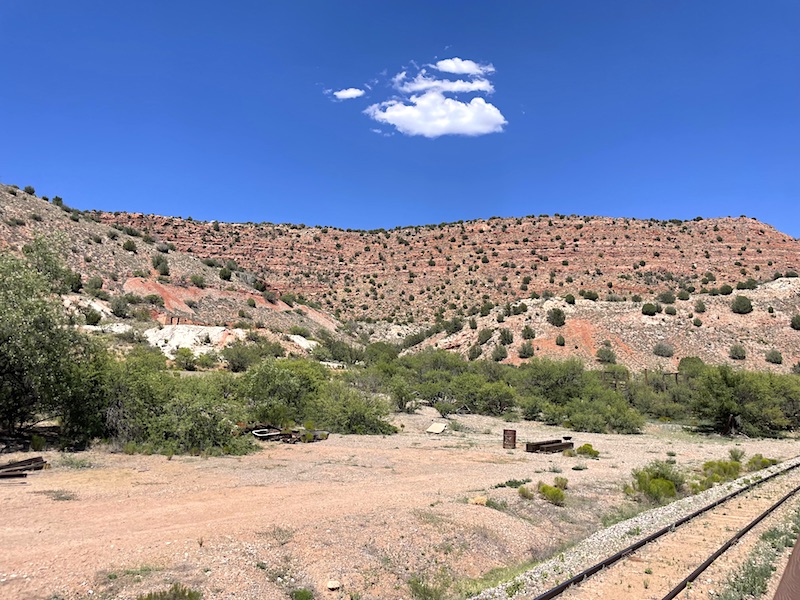
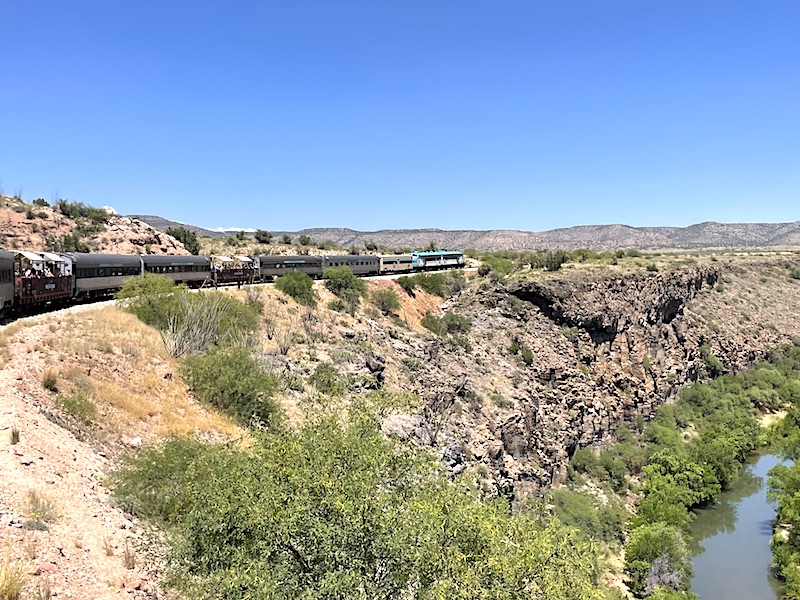
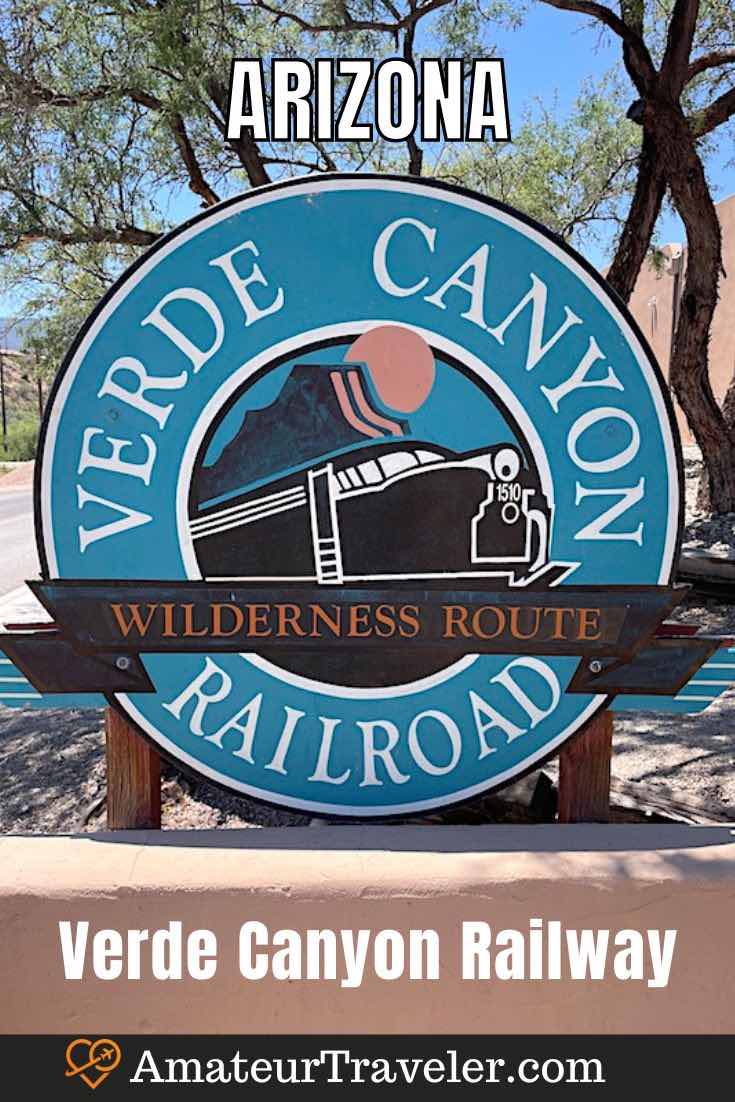
 The Grand Canyon Railway: Taking a Train To America’s Greatest Natural Wonder
The Grand Canyon Railway: Taking a Train To America’s Greatest Natural Wonder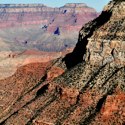 Sedona to Grand Canyon – Romantic Arizona Weekend Trip
Sedona to Grand Canyon – Romantic Arizona Weekend Trip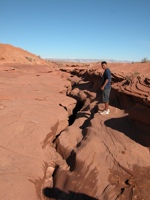 Southwest USA Road Trip – Antelope Canyon – Episode 15
Southwest USA Road Trip – Antelope Canyon – Episode 15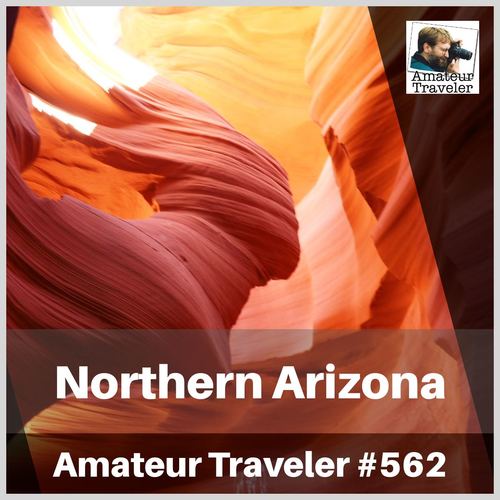 Travel to Northern Arizona – Episode 562
Travel to Northern Arizona – Episode 562

